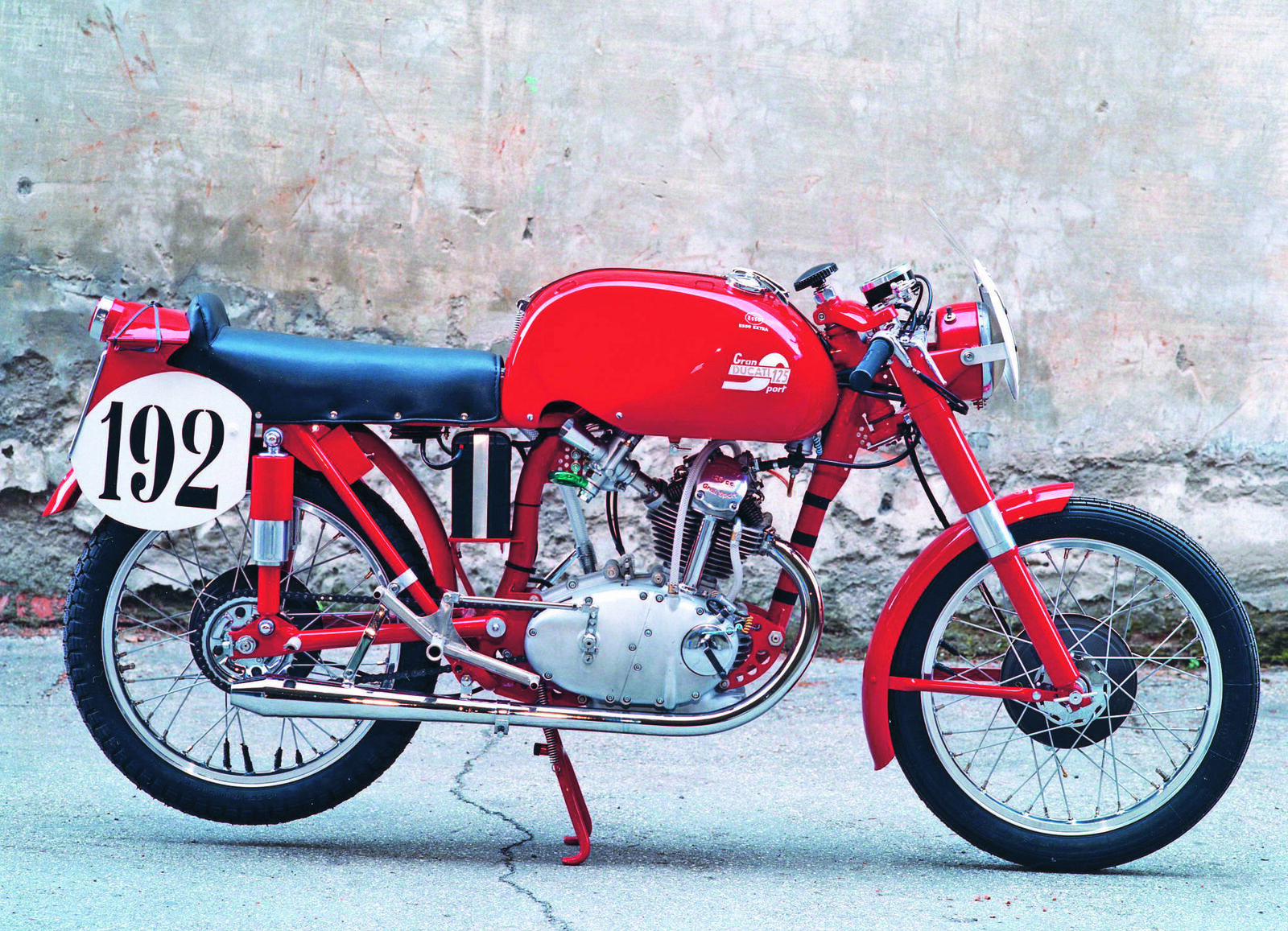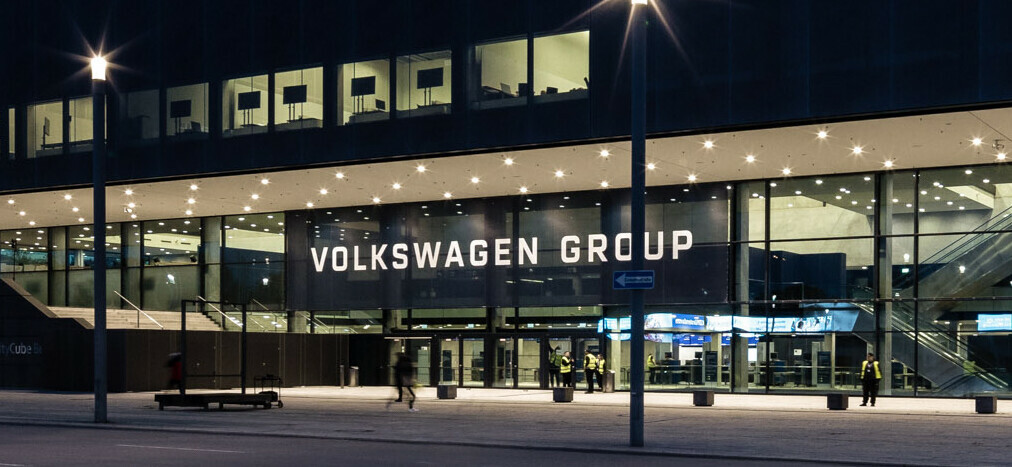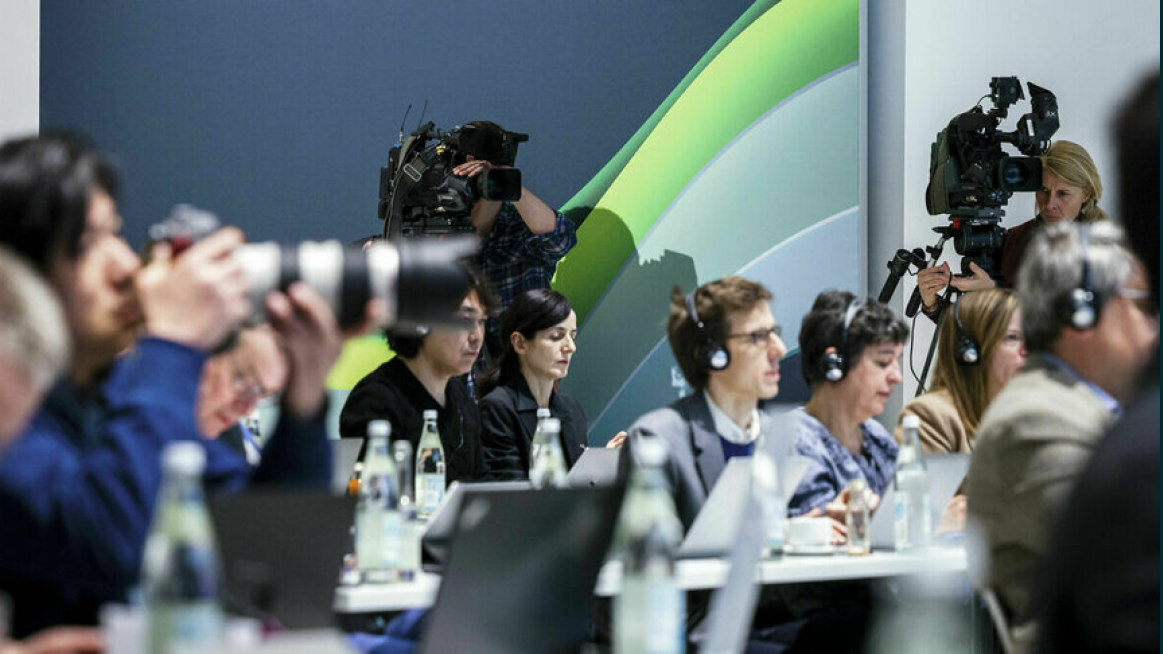#Heritage
The history of Volkswagen Group is unique. Based in Wolfsburg after World War II it developed into one of the biggest and most successful companies of the world. With strong brands and outstanding products the Volkswagen Group has moved and touched people all over the world until today.
30 contents with this tag
Press Release
Volkswagen supports remembrance work of the International Auschwitz Committee
The Volkswagen Group is continuing its long-term commitment to promoting a culture of remembering the victims of National Socialism by donating 150,000 euros to the International Auschwitz Committee (IAC) and the International Youth Meeting Center (IYMC) in Oświęcim, Poland.

Basic Info Sub Page
2016 until today – On the Road to Emission-Free Mobility
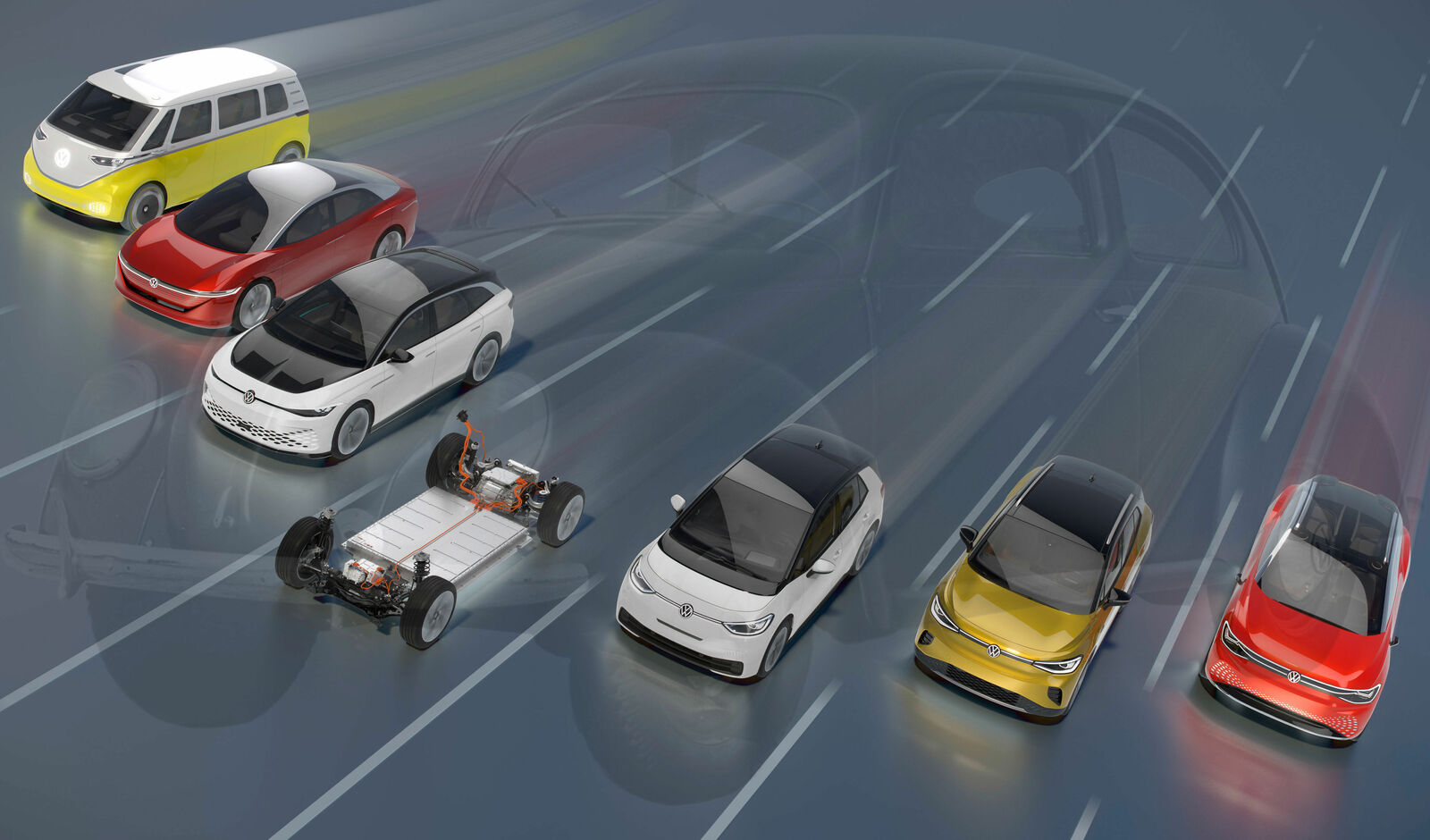
Page
History

Press Release
Volkswagen erinnert und gedenkt der Opfer des Nationalsozialismus
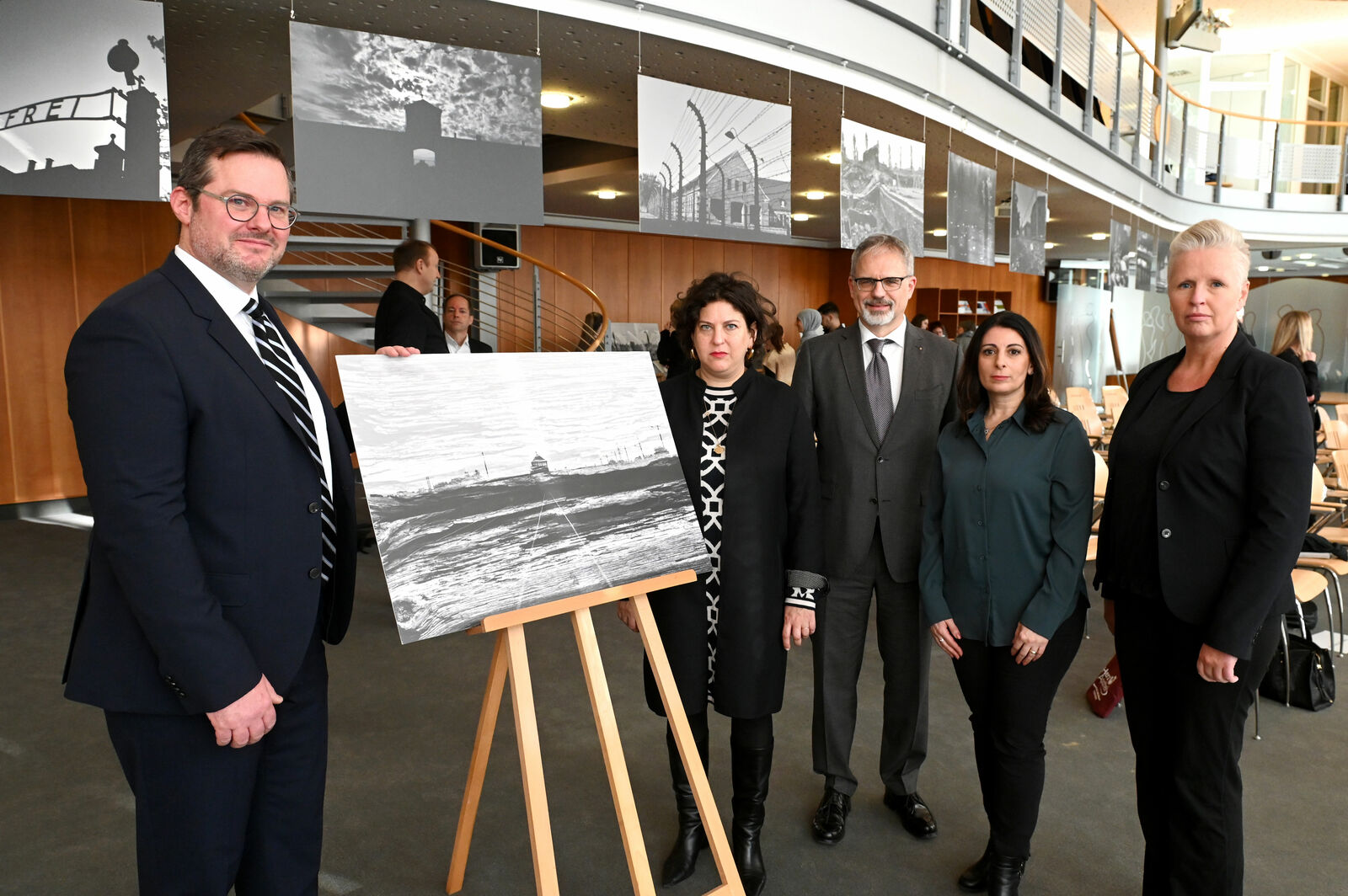
Page
Holocaust Memorial Day on January 27, 2024

Press Release
Fighting antisemitism: Volkswagen supports ‚Flashes of Memory’ visits
Driven by the commitment to keep memories of the Holocaust and the understanding of its unfolding alive, Volkswagen supports several visits at the Museum für Fotografie which is hosting ‚Flashes of Memory’. The exhibition had been developed by the World Holocaust Remembrance Center Yad Vashem and presents photographs and films documenting the Shoah from the view of perpetrators, victims and liberators.
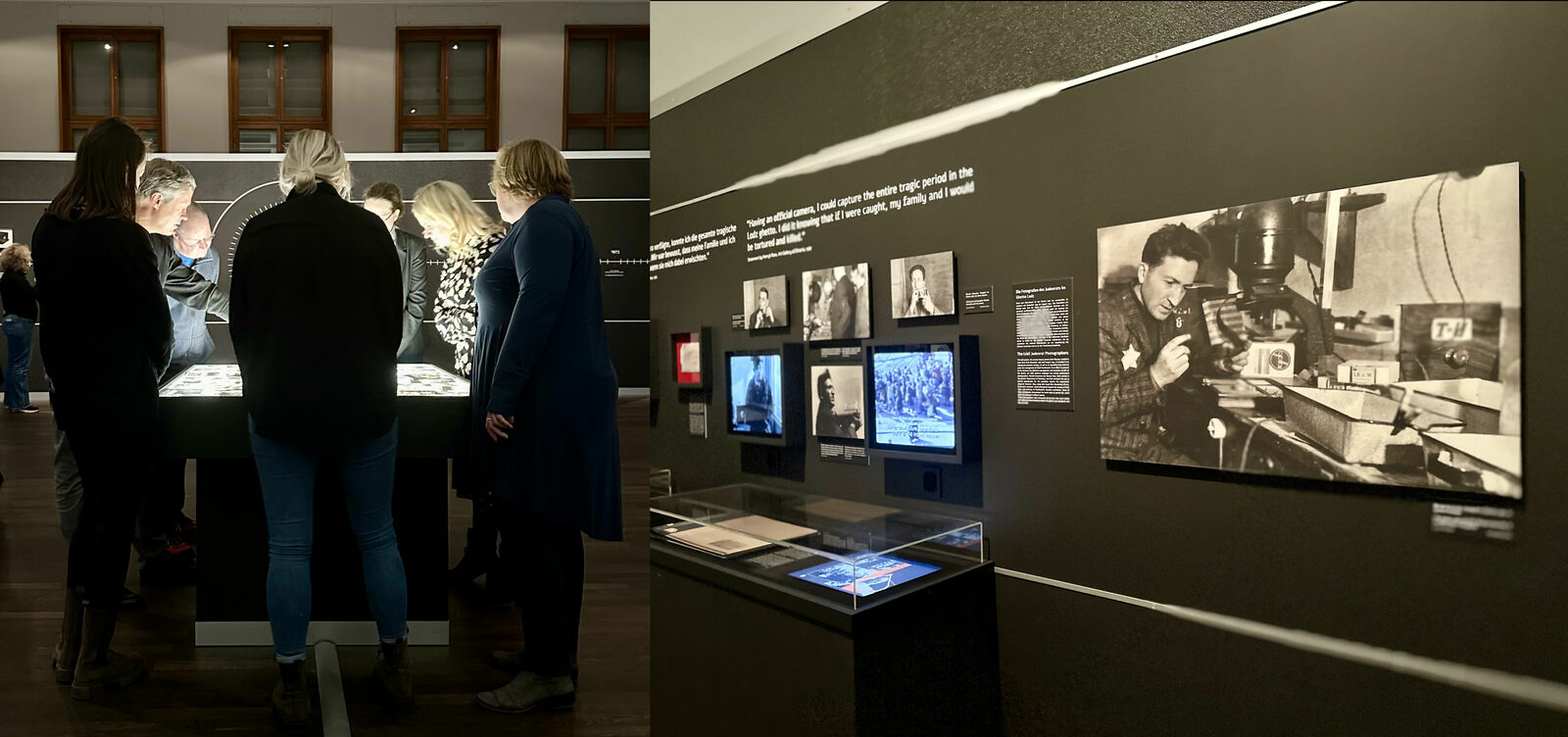
Basic Info Sub Page
The History of Volkswagen Nutzfahrzeuge
The Volkswagen Commercial Vehicles brand was not developed by acquisition, but grew organically within the Volkswagen Group. Officially, the brand was established in July 1995, with a view to pooling all the commercial vehicle expertise and resources of the Group. Although Volkswagen Commercial Vehicles was not established as an independent company, it was organisationally and financially assigned to the Volkswagen brand as the future controlling body for the Group’s international commercial vehicles business. The Group had decided on this step in view of the growing importance of its commercial vehicles business line, which generated sales totalling about 10 billion DM from its main Hanover plant and its international facilities in Poland, Spain, Brazil, Mexico and South Africa in 1995. The product range, including the Caddy, Pick-Up, Transporter and Caravelle as well as the LT and heavy trucks, ref lected the progression of the brand from a lightweight to a heavyweight. In 1996, the Multivan was added to the T4 range, introducing a modern version of a product line that had already formed part of the first Transporter generation.
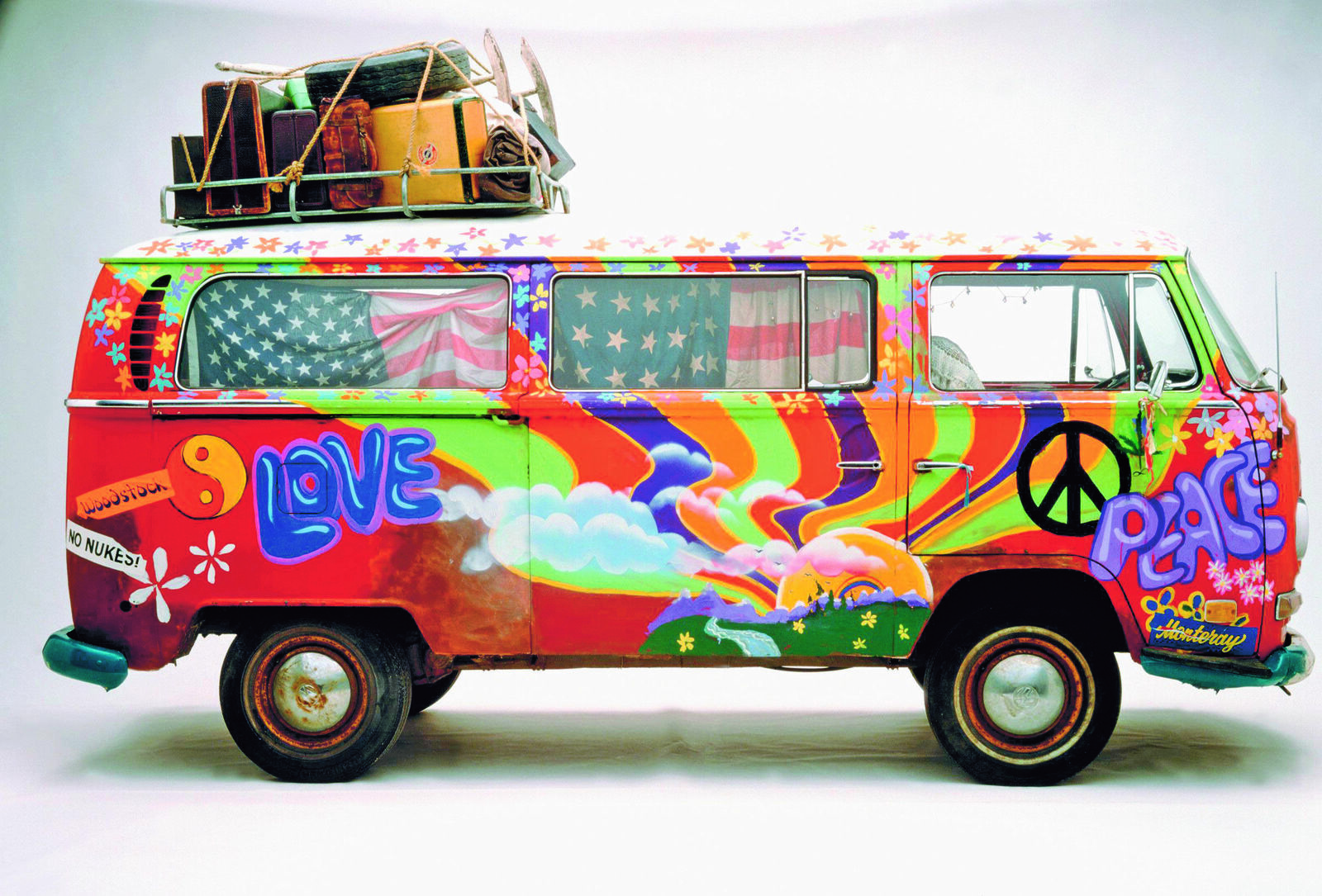
Basic Info Sub Page
The History of Porsche
The sports car brand Porsche is literally a big noise in the automotive world. The typical sound of its high-performance engines embodies the ultimate in power and dynamics. The make takes its name from world-famous designer Ferdinand Porsche. With sports car models such as the 356 and 911, and race cars such as the 550 Spyder and the 917, the Porsche family business has created automotive icons of pure passion. Porsche vehicles built in Zuffenhausen and Leipzig are in high demand all over the world, and represent a genuine dream for many automobile lovers. Since August 1, 2012 the high-performance brand has been operating under the umbrella of the Volkswagen Group. The acquisition of the remaining 50.1 percent of shares in Dr. Ing. h.c. F. Porsche AG by Porsche SE created an integrated automotive concern which had been instigated by an agreement in principle signed on August 13, 2009.
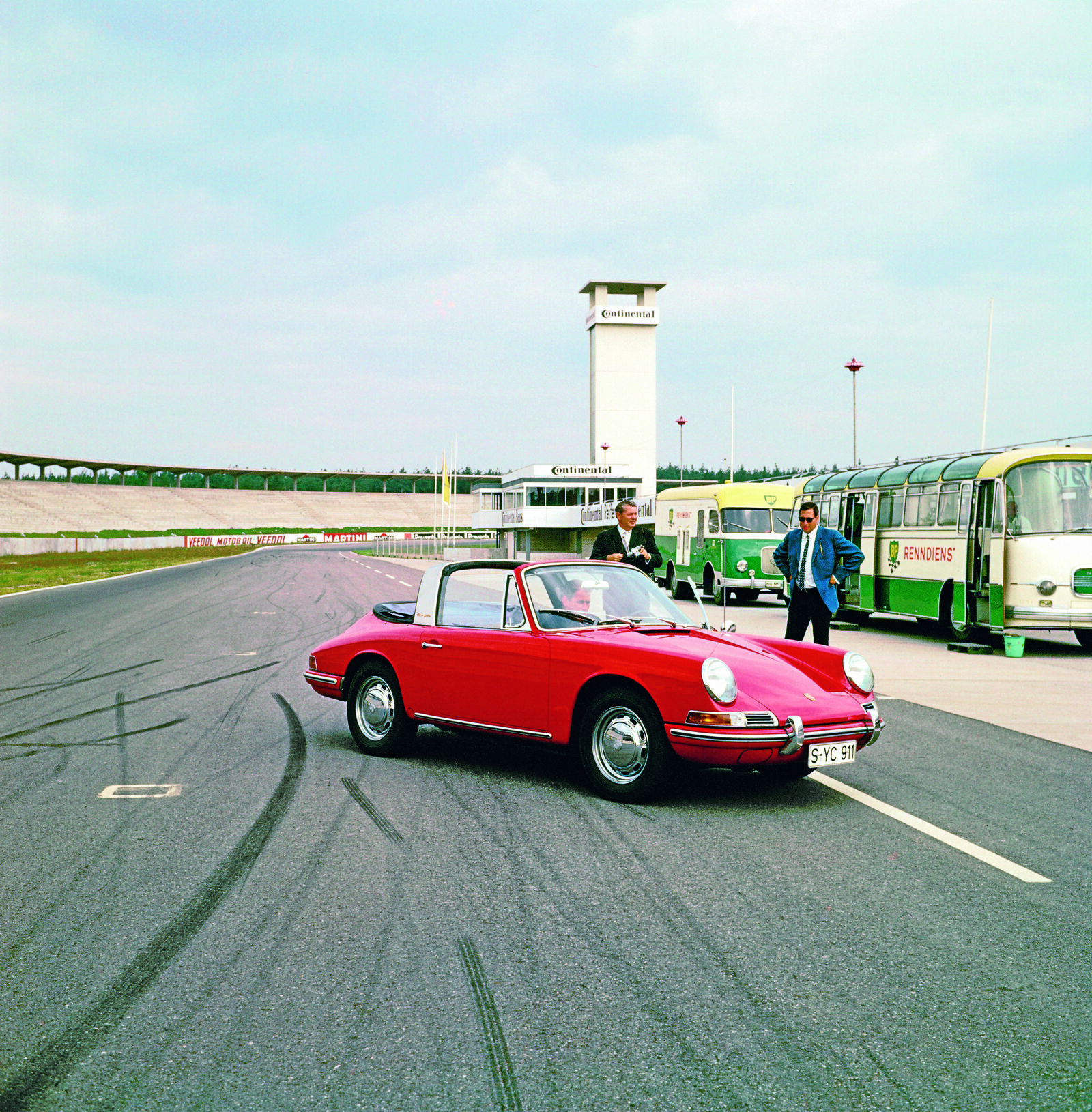
Basic Info Sub Page
The History of MAN
MAN – the three letters stand for one of the world’s leading vendors of commercial vehicles, large diesel engines and special gear systems. Volkswagen Aktiengesellschaft acquired a majority share in the parent company MAN SE at the head of the capital goods concern, with its workforce of over 54,000 people worldwide, in a gradual process culminating on November 9, 2011. MAN has been an independently operating brand of the Volkswagen Group since that time. Volkswagen Aktiengesellschaft had held a strategic minority share of 15.06 percent in MAN AG since October 3, 2006. The control and profit transfer agreement approved at the shareholders’ meeting of MAN SE on June 6, 2013 and implemented by entry in the Register of Companies on July 16, 2013 also aided the creation of an integrated commercial vehicles unit. MAN is now one of the three commercial vehicles brands of the Volkswagen Group which since September 1, 2012 have been co-ordinated by Group parent Volkswagen Aktiengesellschaft’s Management Board Commercial Vehicles function. Like the other brands, MAN runs its vehicle business operations independently. The Volkswagen Group’s integrated commercial vehicles strategy seeks to utilise synergies from the closer co-operation between Volkswagen Commercial Vehicles, MAN and Scania under the umbrella of parent company Volkswagen Aktiengesellschaft.

Basic Info Sub Page
The History of Škoda
A fundamental social and economic transformation began in 1989 as the Iron Curtain came down. Czechoslovakia, with its relatively well-developed industry, seemed best equipped to make the transition from a planned to a market economy. From the viewpoint of the Volkswagen Group, this did not merely bring the prospect of a very promising sales market just across the border. The Czech automobile manufacturer Škoda was a prospective co-operation partner as a springboard to entering emerging markets in Eastern Europe. There were many substantial reasons for acquiring a stake in the state-owned company based in Mladá Boleslav. Škoda was a brand which was rich in tradition, very well known in the former Eastern Bloc countries, and sold well. The Czech car-maker was already selling to Western Europe, and Volkswagen believed that, with improvements to the model range, Škoda could expand its position further. Production structures at the plants in Mladá Boleslav, Vrchlabí and Kvasiny had been recently modernised to produce the Favorit starting in 1987, and expanding those low-cost capacities would not be a problem. Combined with a well-trained and flexible workforce, Volkswagen was of the opinion that Škoda had everything it took to swiftly become a competitive member of the Volkswagen Group.
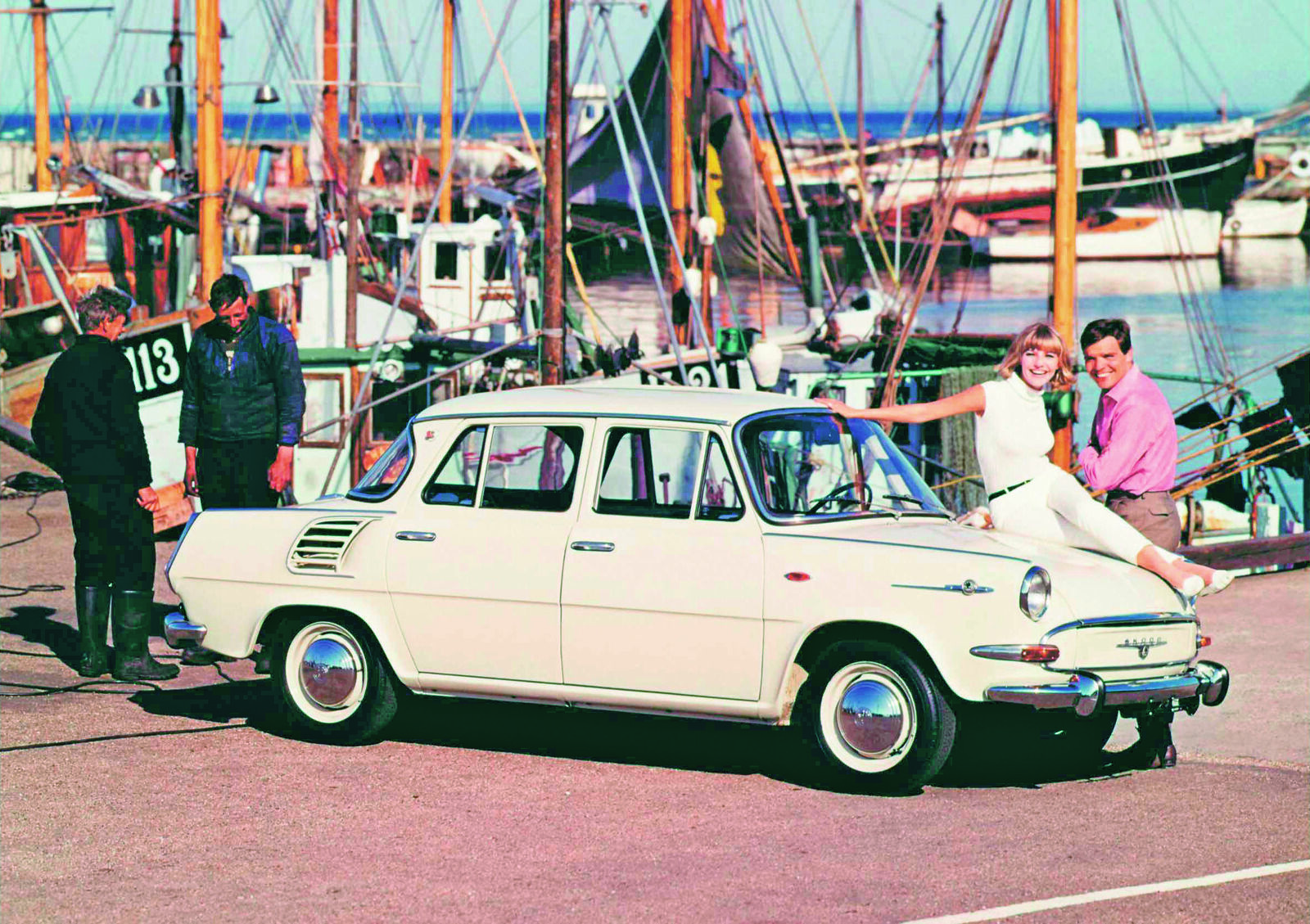
Basic Info Sub Page
The History of Seat
Seat came to the attention of the Volkswagen Group as a potential partner in May 1980. Shareholder Fiat, which had been a licensor and technological impetus for the Seat model range, surprisingly withdrew from the Spanish company – with grave consequences. Seat suddenly lost its development capacity and its international sales channels. Furthermore, the product program based on the Fiat model range was in need of a thorough make-over. To start out anew, Seat required a partner with innovative product technology and access to international car markets. So the Volkswagen Group was more than welcome in 1981 when it commenced negotiations with Seat concerning co-operation to produce the Polo/Derby model series in Spain. From a strategic viewpoint, Volkswagen had the chance to expand its to date marginal position on a West European market experiencing above-average growth and catch up before competition got tougher as Spain moved towards membership of the EU planned for 1984.
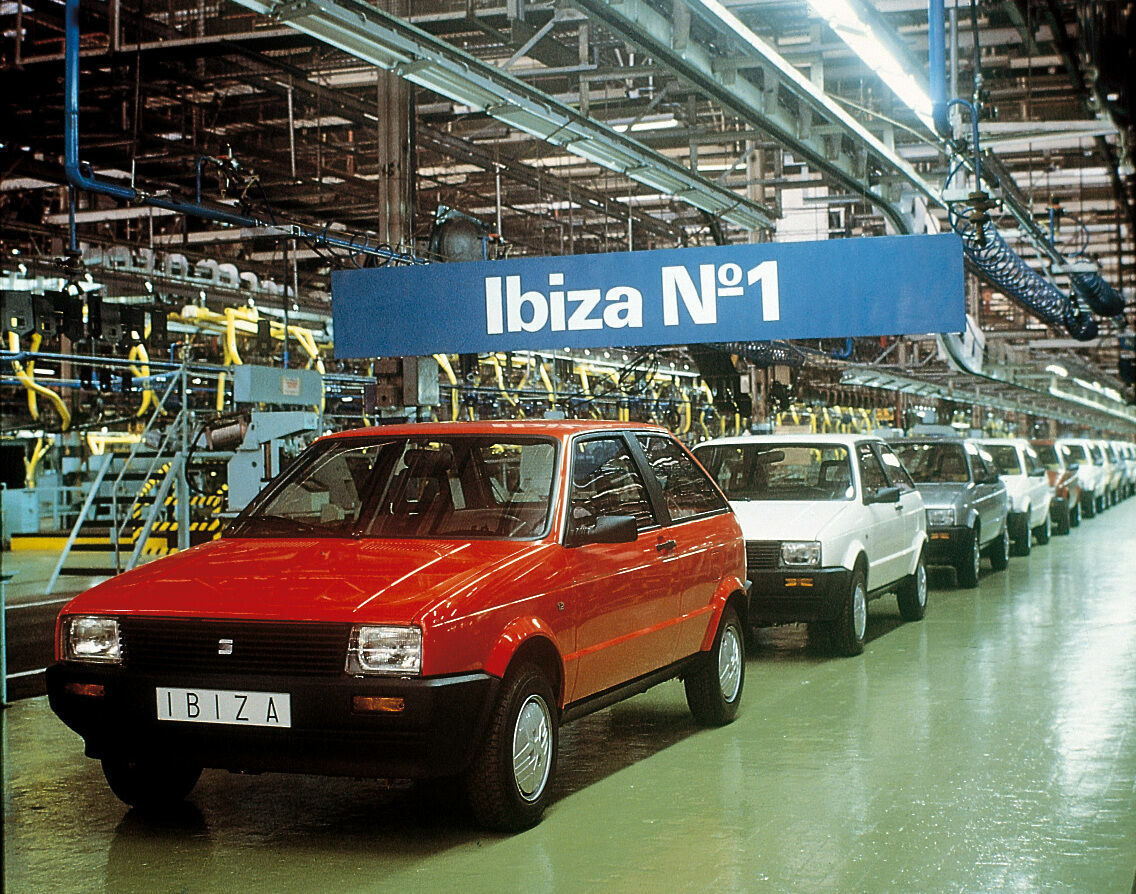
Basic Info Sub Page
The History of Volkswagen Financial Services
Financial services acquired a prominent position among the Volkswagen Group’s sales support instruments in the early 1990s. Following the successful merger of leasing and banking services in 1992 to form Volkswagen Finanz GmbH, a further strategic reorganisation came into effect on January 1, 1994, when all of the Group’s European financial services operations were spun off and regrouped under the new holding company named Volkswagen Financial Services AG (VWFS). By the end of the same year, two further financial services subsidiaries had also been added, underscoring the international orientation of the newlyfounded financing group. Separating financial services from the automotive business made it possible to fine-tune the two business fields more effectively and ensured a more accurate assessment of the various risks.
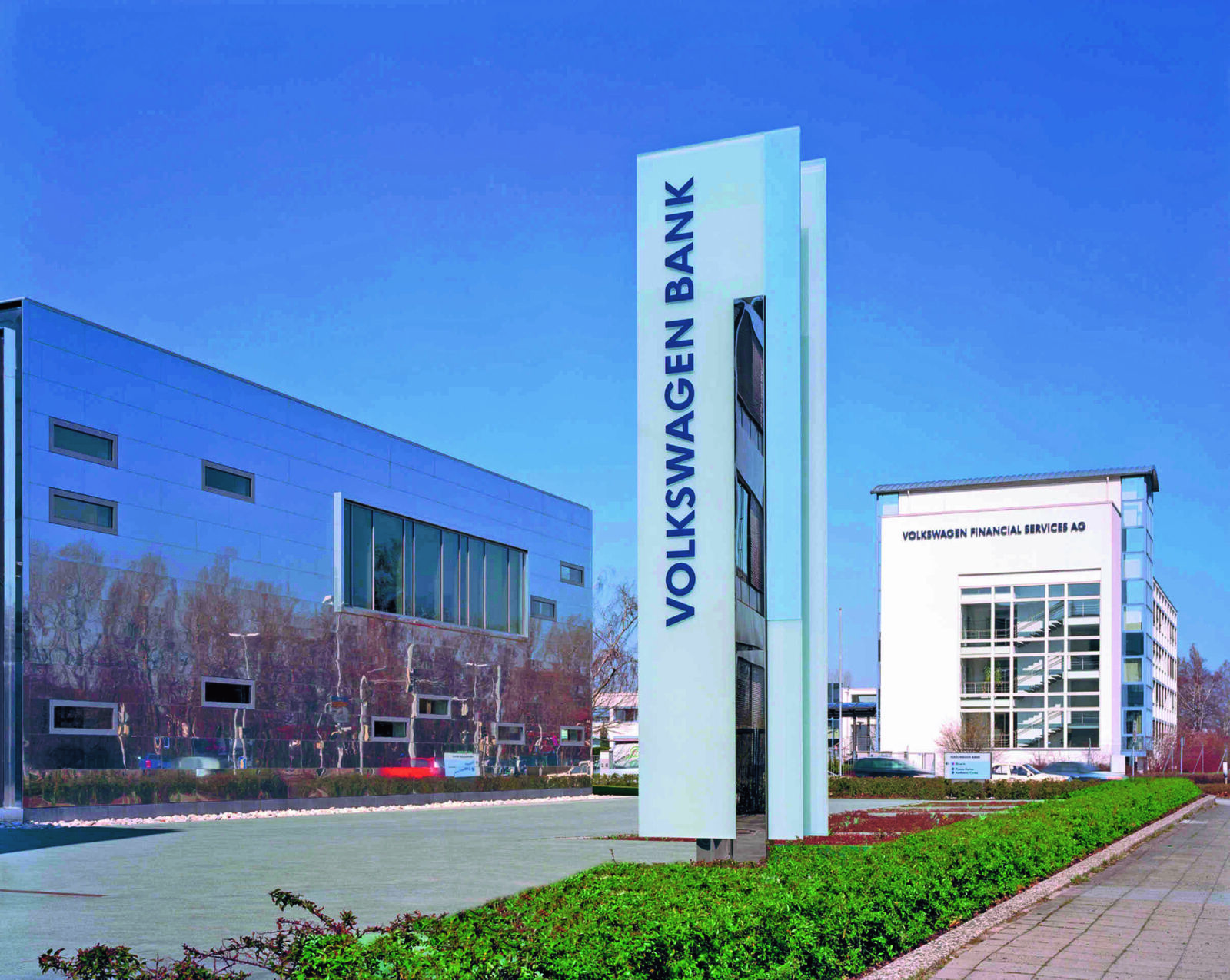
Basic Info Sub Page
The History of Scania
Volkswagen Aktiengesellschaft paved the way for the strategic restructuring and expansion of its truck business in April 2000 when it acquired 18.7 percent of the shares and 34 percent of the voting rights in Scania AB. The two companies were linked by a long-standing partnership. Scania had been Volkswagen’s main importer in Sweden since 1948. And that was not the only consideration favouring a tie-up with the internationally renowned brand. Scania was one of the top truck manufacturers in Europe, and was regarded as the most profitable brand in the industry. Innovative, and a leader in the development of economical, low-emission engines, the company’s product range included heavy trucks of 16 tonnes capacity and more, buses and coaches, as well as ship engines and industrial motors.
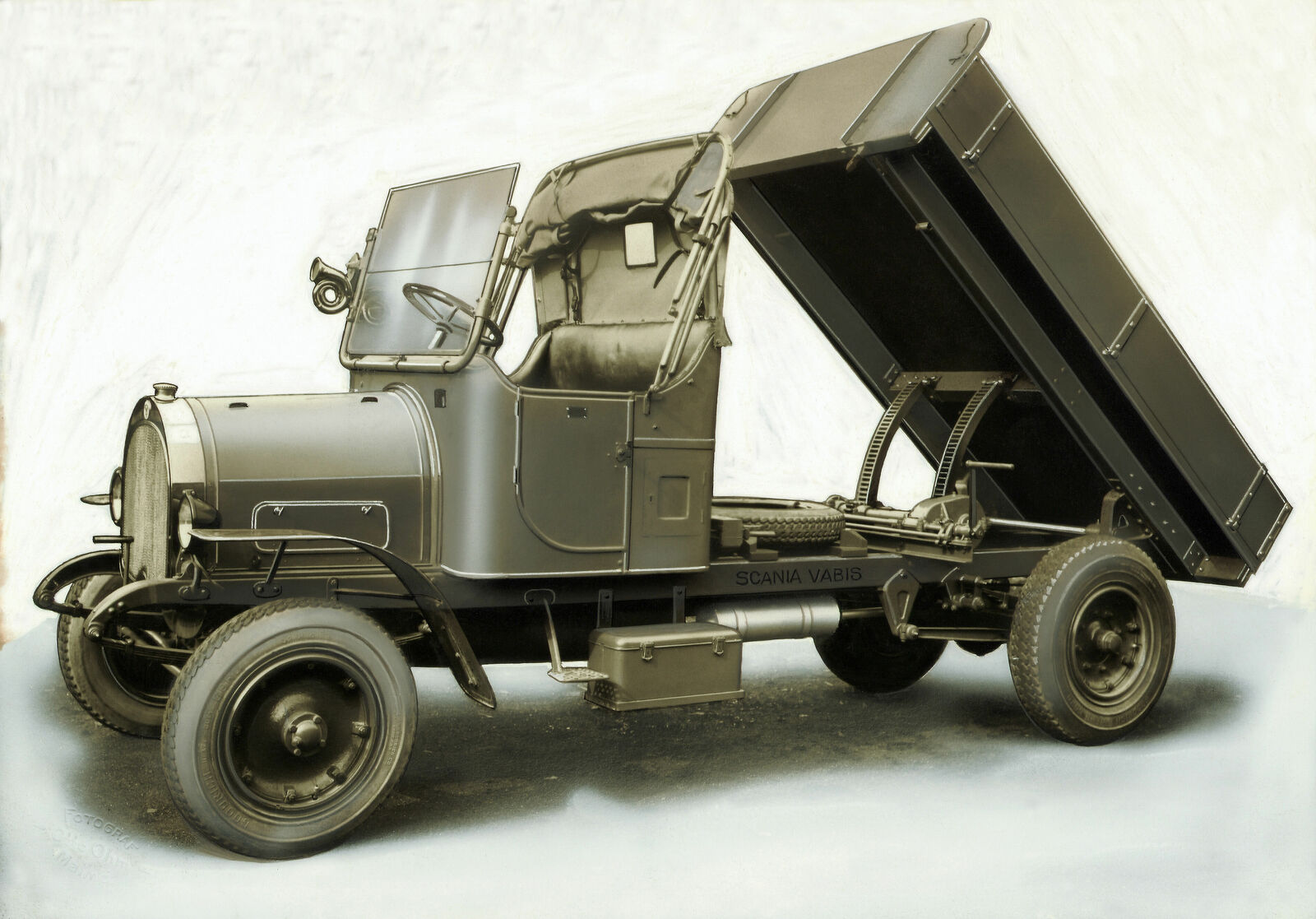
Basic Info Sub Page
The History of Ducati
Ducati became the eleventh brand in the Volkswagen Group portfolio on July 19, 2012. The acquisition of the legendary high-performance sports motorcycle manufacturer based in Borgo Panigale on the outskirts of Bologna, Italy, by Audi subsidiary Lamborghini Automobili S.p.A. marked the Group’s entry into the hard-fought two-wheeler market. The unmistakeable sound of the Ducati’s two-cylinder engine evokes echoes of Audi’s own historic DK W and NSU motorcycle brands.
